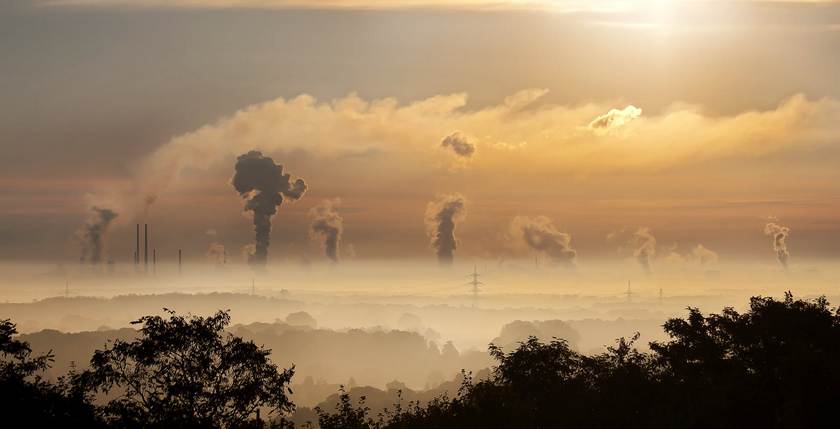
Photo: Pexels
Around 28% of global greenhouse gas emissions are now covered by carbon pricing schemes, with revenues exceeding USD 100 billion in 2024, according to the latest report by the World Bank. This includes about half of global emissions from electricity generation and industry, but coverage in other sectors is much lower.
Over the past decade, the overall coverage has grown from 12% to 28%, with the average carbon prices nearly doubling, according to the report, titled State and Trends of Carbon Pricing 2025. Revenue in 2024 was slightly lower than in 2023, but nearly three times higher than a decade ago. More than half of the revenue goes towards environment, infrastructure, and development projects, the World Bank noted.
Carbon scheme revenues have tripled over the past decade
The report also notes that there are currently 80 carbon pricing instruments in operation worldwide, a net increase of five over the past year. The carbon pricing schemes – either emissions trading systems (ETSs) or carbon taxes – cover emissions in economies that account for nearly two-thirds of the world’s GDP.
There are 80 carbon pricing schemes in operation worldwide
All large middle-income economies have now either implemented or are considering direct carbon pricing, with ETSs accounting for most of the new and planned instruments, according to the World Bank.
World Bank Senior Managing Director Axel van Trotsenburg said that carbon pricing is a powerful tool that helps countries cut emissions, raise domestic revenues, and stimulate green growth and job creation.
Agricultural emissions are still unpriced
The power sector has the highest coverage, at 51%, followed by industry, 43%. At the same time, carbon pricing covers 15% of the mining sector’s emissions, 13% of those in the buildings sector, 12% of transportation emissions, and 10% in the aviation sector.
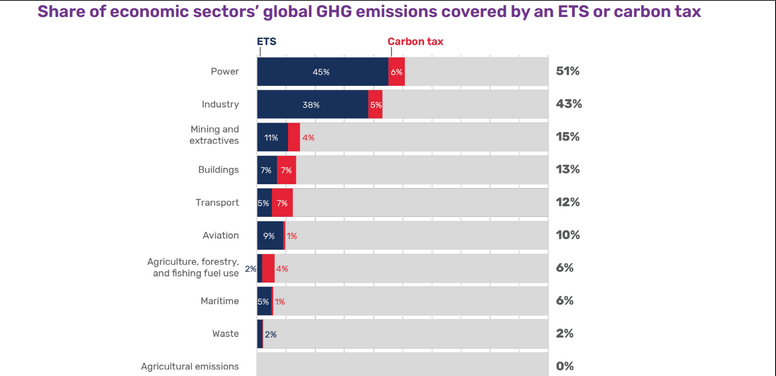
Source: World Bank
On the other hand, emissions from waste have a coverage of only 2%, while agricultural emissions are not covered at all, according to the report.






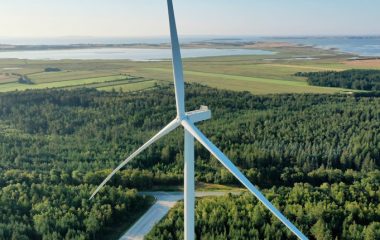
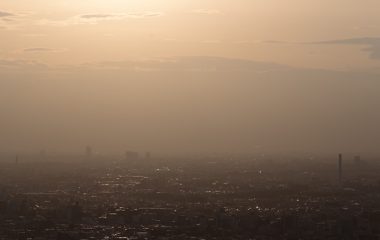
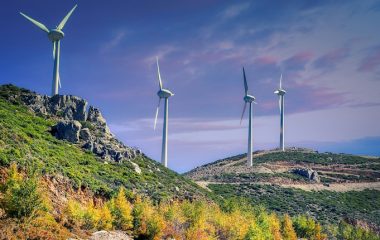
Be the first one to comment on this article.